New math vs old math: What is it & how do parents really feel?
Many parents don’t feel that they understand the “new math method” to solving math problems. Here’s why.

Author
Amber Watkins
Published:
Nov 2024
Key takeaways
- • New data suggests over half of parents don’t feel confident in explaining new math methods with their children.
- • Together we will see that new math isn’t all that new. New math simply replicates the way we solve math problems in our heads vs. the standard way.
- • We will consider the differences between old math and new math addition & subtraction, multiplication, division, fractions & decimals.
You may have recently looked at your child’s math homework and asked yourself: “How can math be so different from when I was in school?”
If you feel this way you are not alone. Many parents who provide math help have felt overwhelmed by the idea of new math. As a tutor, I’ve been there myself.
New data estimates that 51% of parents do not understand the “new” ways to solve K-5 math problems simply because they differ from the original way children were taught in previous generations.
Why did math change? And how can you assist your child with new math if it is unfamiliar to you?
Understanding these answers can help us embrace this new way of math — and help our child love it too!
Read on to learn more and to review the findings from our recent survey.
New math vs old math: what's the difference?
Would you be surprised if I told you new math isn’t so new?
You probably even used it the last time you calculated a discount at the store. It is unlikely that you pulled out a piece of paper and lined up all the numbers to calculate the old math way. Instead, you probably used your own form of mental math.
I’ve learned to calculate 10% off as 10 cents off every dollar, then multiply by the total. What about you?
Well did you know when you calculate a discount in your head and break a problem into parts, you are using a method similar to new math?! Turns out, the new math method is common to us, even familiar!
Let’s first make sure we understand what we mean when we say new math vs old math. Then let’s discuss ways we can help our children master it.
What is old math?
Old math is the standard form of solving math problems. It involves memorizing and following a series of steps to reach the right answer. You were probably taught this way of math when you were in school.
Here is old math example of long division:
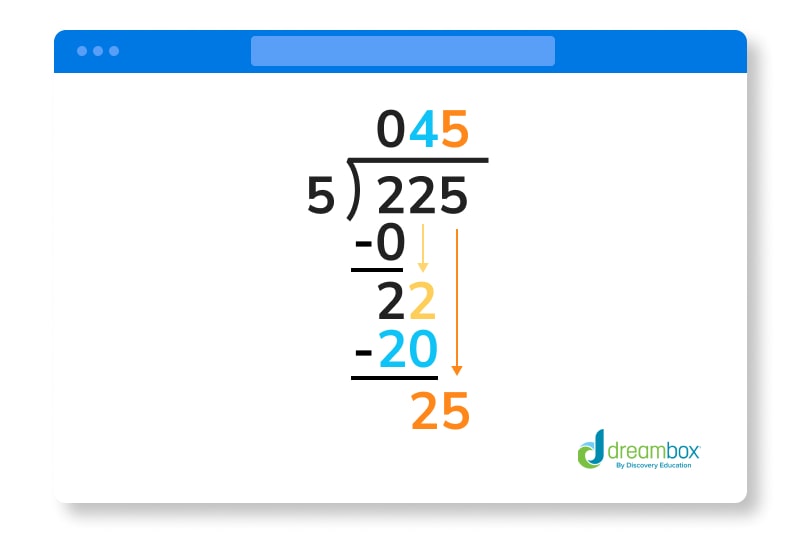
Although this method can seem simpler than some of the work we see on our children’s homework today, there can be a downside to memorizing math steps.
As a tutor, I often see students attempt to memorize steps, but ultimately miss one or two, causing them to end up with the wrong answer.
Table of contents
Access more math practice with DreamBox
Turn math into playtime with DreamBox Math
DREAMBOX MATH
Get started for FREE today!

What is new math?
New math was created to replicate how we solve problems with mental math, which is more common in everyday life.
The new math method was designed to help students break apart the problem into easier steps and work their way to finding the answer. It often involves using pictures, number lines, and area models to solve problems.
Common Core introduced this method to school systems in 2010 as an effort to encourage real-world problem-solving skills. To see how problems differ in each grade level, see our Common Core math article.
Examples of new math vs old math
New math vs old math multiplication
When doing long multiplication, old math requires you to line up numbers in the standard way, and then multiply each digit. New math requires using a square model and finding the answer in parts as shown below.
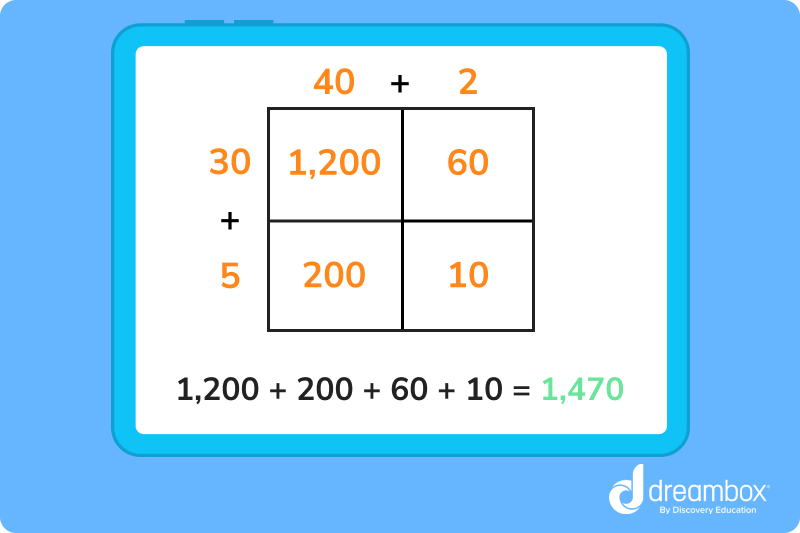
New math vs old math division
When completing long division, old math requires you to follow the steps: divide, multiply, subtract, and bring down. New math encourages using area models for division as shown below.
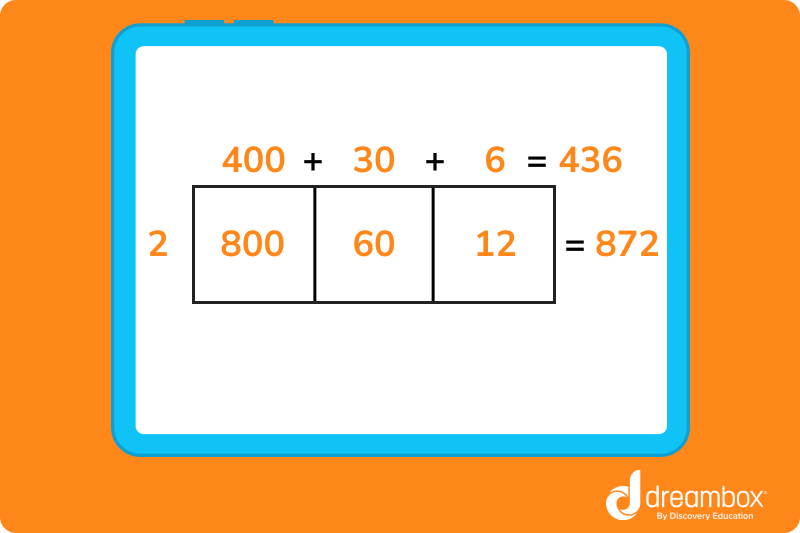
New math vs old math subtraction
Addition using transformation
64 + 36 =
64 – 4 = 60
36 + 4 = 40
60 + 40 = 100
New math vs old math fractions
When multiplying fractions by whole numbers with old math, students need to change both numbers into fractions before multiplying. New math encourages students to use expanded form as shown in the example below.
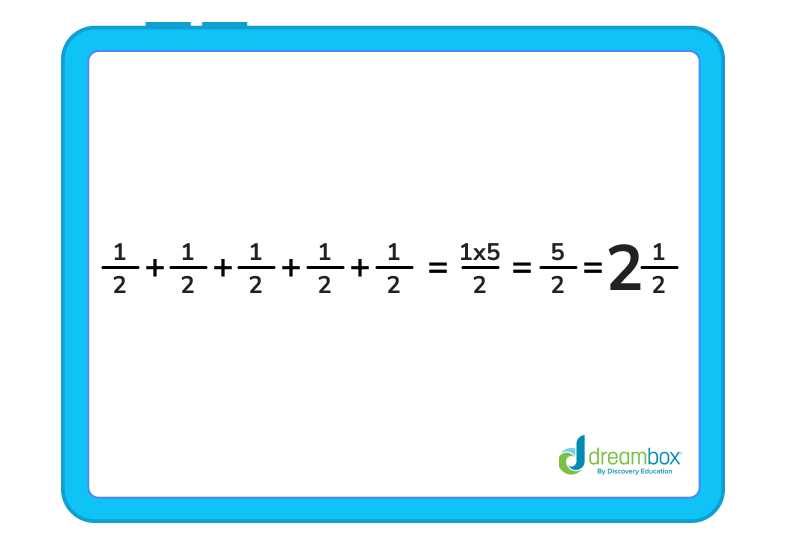
New math vs old math decimals
When multiplying decimals, old math lines up the numbers, then multiplies. New math uses a number line and counts to the right answer as shown below.
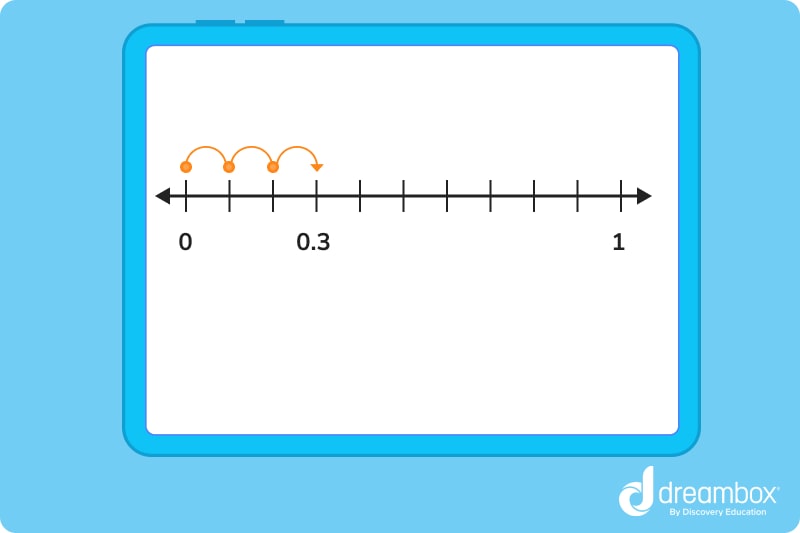

The math program that drives results
Get started today!
DreamBox adapts to your child’s level and learning needs, ensuring they are appropriately challenged and get confidence-building wins.
How parents feel about New Math
Key findings
- • 59% of survey respondents confirmed that their child’s school follows the Common Core math curriculum.
- • 51% of parents did not understand the new processes for solving math problems because they differ from how they were taught.
- • 32% of parents seek outside assistance to help their children with their math homework sometimes.
- • 29% of parents feel extremely comfortable helping their children with their math homework.
*Please note that the majority** of respondents’ children are in K-5 grade
**Majority, in this case, defines 21% of respondents
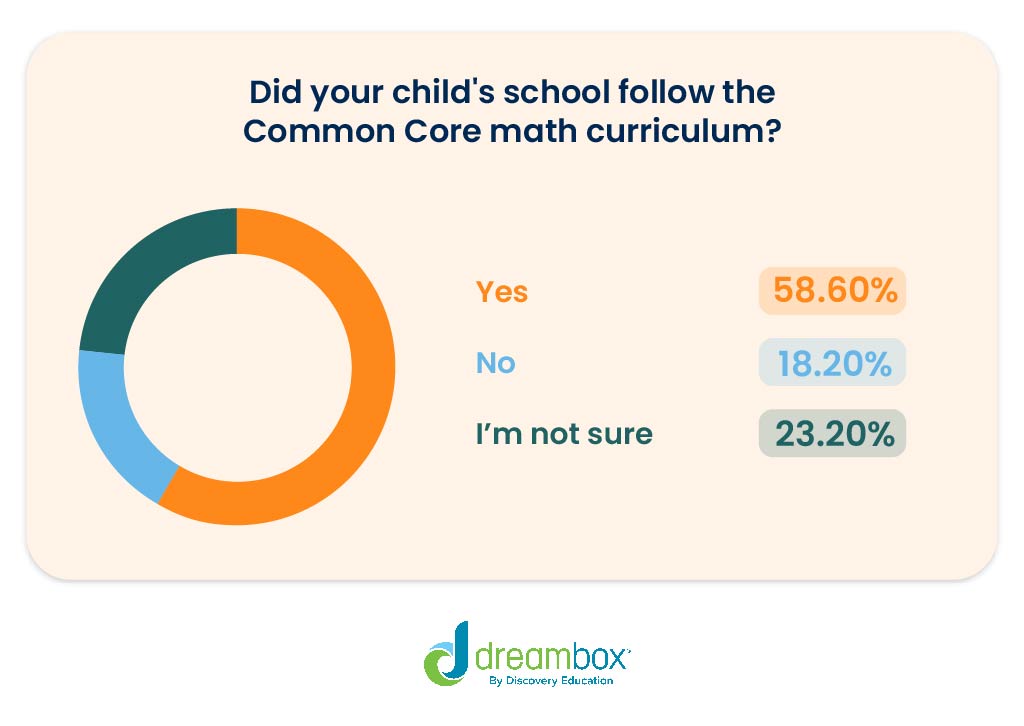
Methodology and grade levels
We surveyed 1,000 parents aged 25-54+ with school-age kids in states where Common Core math is the standard. The respondents that participated in this survey had children in Pre-K (16.90%), K-5 grade range (31.50%), 6-8 grade range (25.30%), 9-12 grade range (27.30%) and College range or higher (19.10%). We note that the lowest percentage of respondents were parents with children in the Pre-K grade range (16.90%).
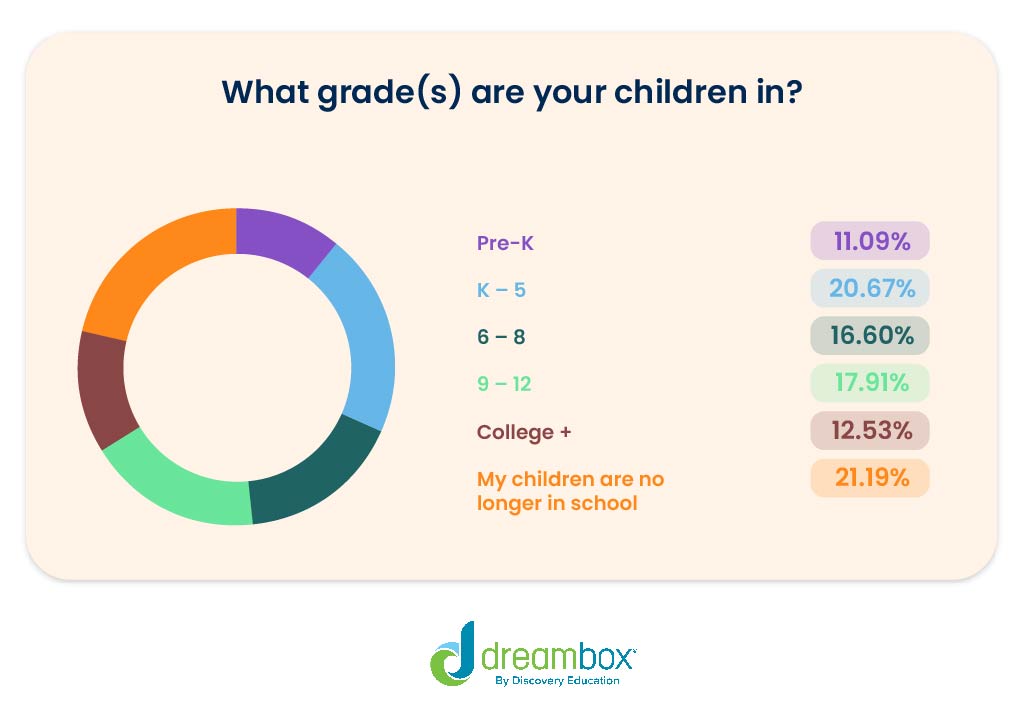
The parent comfort predicament: Don’t fear the process
Just 49.70% of parents felt moderately or extremely comfortable helping their children with math homework at the time of this publication. That means that about half of the parents we surveyed do not share that same level of comfort, possibly compromising their experience supporting their children with homework as the years go by.
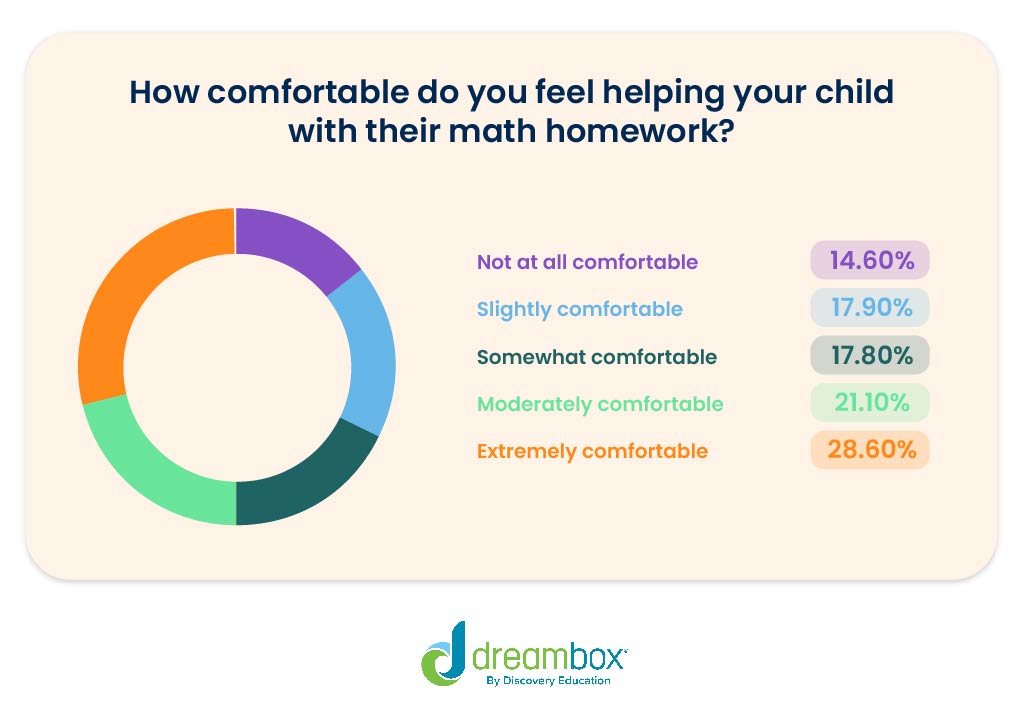
While there is no perfect solution (and admittedly, there are difficulties in understanding the new methods of teaching), there are a few ways that parents can overcome the discomfort and enjoy math homework time once more:
- Don’t be afraid to rely on tools: External, third-party tools (such as DreamBox) can help parents break problems down step by step in different ways.
- Ask for help: Everyone needs a helping hand sometimes. If you’re in the same boat, we recommend finding online resources and tutorials for topical “deep dives” and further explanation.
- Break it down: If you feel overwhelmed, consider breaking down the problem into the smallest possible pieces, dissecting each step of what is being asked in the question prompt separately.
51% of parents don’t understand new math processes
…and that’s okay — but the eventual goal should be to create change, acceptance, and understanding that empowers parents to better support children as they learn the new curriculum.
51% of respondents noted that they did not understand new processes for solving math problems. However, if you only look at K-5 responses, this number is 55%.
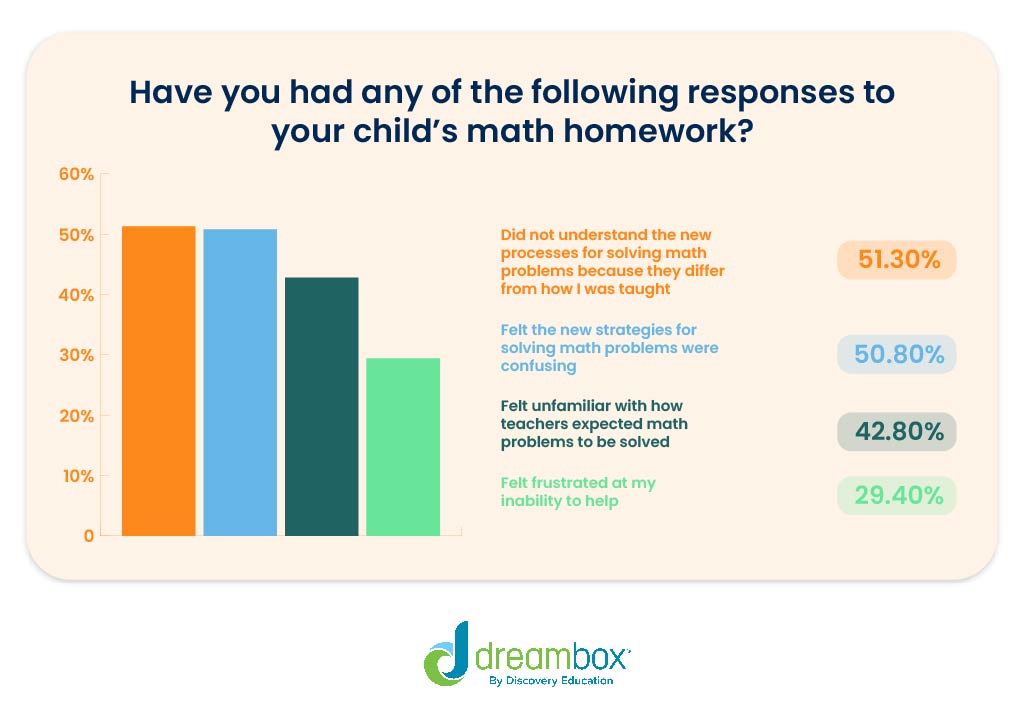
While we don’t currently have a definitive answer to turn to that explains this jump in age range, it could be due to the fact that today’s K-5 parents were among the last to be taught the “old” way — pitting the “new” method in direct contention with what they were taught, in many cases.
This number may lower across grade ranges as teachers procure and share more resources to support the parent self-teaching process. More study is needed to truly understand the implications of this specific data point, both before and after the resources are shared and implemented.
Self-teaching is the key to success
We have a quick question: How often do you seek outside assistance to help your child with their math homework, (such as Google or YouTube), to understand how a new math concept works? If you answered “sometimes”, you’re among 30% of parents across age ranges who agree — the largest group of respondents in this question’s pool.
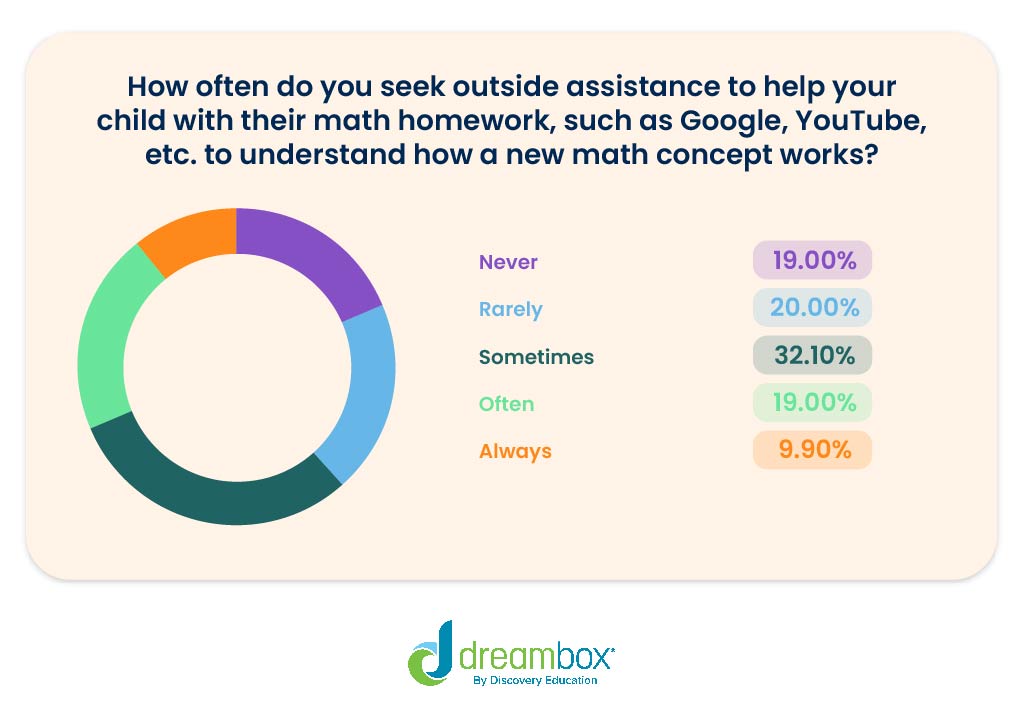
Self-teaching is critical for both students and parents, as it gives them the information they need to comprehend and apply what they’re being taught in the classroom. Students will also benefit from seeing this level of initiative from the parents, possibly encouraging them to mimic the behavior in the future when they run into questions.
We take this data point as an invitation to remain introspective and improve our drive to self-teach and learn. The percentage of caregivers who answered “often” or “always” to this question (29%) surpassed those who “never” seek outside support (19%).
A positive outlook on new math
While our data study indicates difficulty and possible reluctance to adapt and change, it’s important to use this information to look inward and work toward a viable solution for both parents and students.
The first step to helping your child with New Math is to develop a positive outlook on it. Although learning something new can be a challenge, look at all the benefits of using new math in schools:
Benefits of new math vs old math
- New Math has been proven to help students master concepts in a way that makes sense to them
- Instead of memorizing steps like in old math, students are challenged to solve problems in more creative ways
- By breaking down problems into smaller parts, the answers are easier to get right
- Students who are visual learners are happy to see the problem broken down into smaller boxes and number lines
Take at home math practice to the next level
Empowering parents and educators to make math practice more impactful. Plus, your kids will love it.


